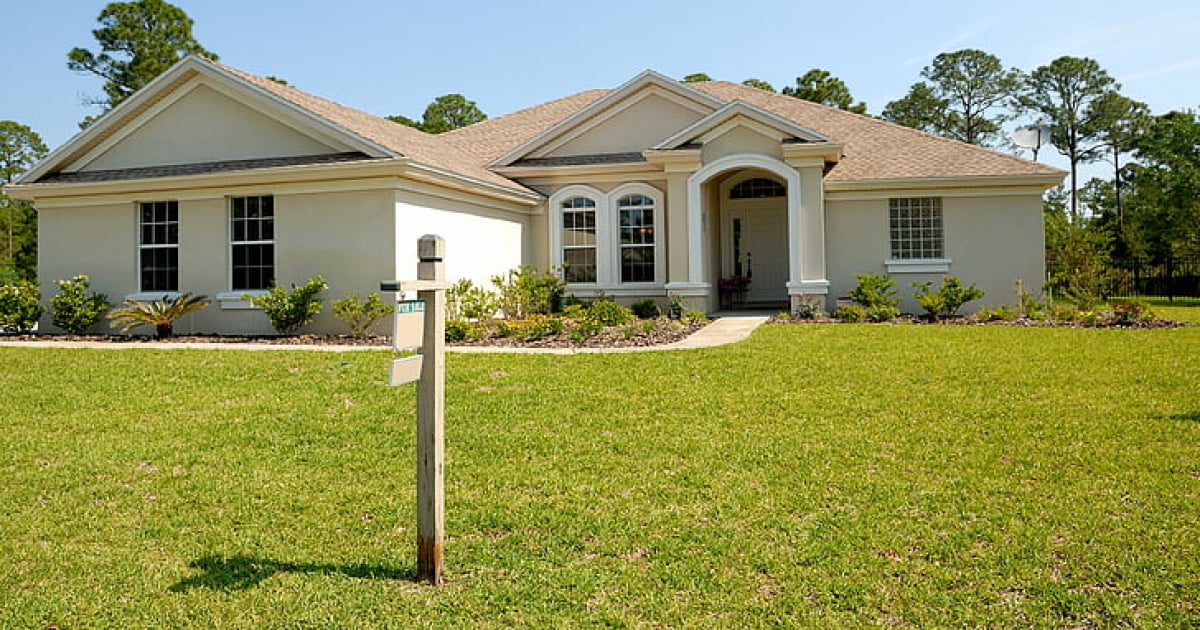
The Miami real estate market has undergone a cycle of rapid growth, followed by a stabilization process in the last months of 2024, which has garnered the attention of investors and analysts. This process has been characterized by a sustained increase in home prices, peaking in the middle of the year, followed by a slight correction as the market adjusts to new supply and demand conditions.
Sustained Growth of Housing Prices
Since the end of 2023, the value of homes in Miami has shown a significant increase. The Zillow Home Value Index (ZHVI) rose from approximately $548,000 to a peak of nearly $587,000 in July 2024. This growth was primarily driven by high demand for properties, supported by factors such as the arrival of new residents, the attraction of international investors, and the interest of buyers looking to diversify their investments in an appealing and secure market.
The rapid increase in prices was also influenced by a limited supply of housing, which created strong competition among buyers and contributed to properties selling close to their listing prices, or even above them in some cases. During this growth period, the pressure on available inventory led to a steady rise in sale prices.
Stabilization and Adjustment in the Second Half of the Year
However, starting in July 2024, the Miami real estate market began to show signs of stabilization. Even though the average selling price reached $587,000 in August, the price growth curve started to flatten. In the third quarter of 2024, there was an increase in the supply of properties, with an inventory of 4,987 units available by September 30 and 1,019 new listings in the same month. This rise in supply, while not drastic, allowed buyers to have more options, reducing upward pressure on prices.
The stabilization in prices suggests that the market has reached a point where demand and supply have begun to balance more naturally. This is reflected in the sales-to-list price ratio of 0.971, indicating that most properties sold for slightly less than their initial listing price. Furthermore, 72.9% of sales occurred at prices below the listings, marking a shift from the previous dynamic, where it was more common for buyers to accept prices close to or above the listed amounts.
Gradual Price Reduction: A Natural Adjustment
The slight drop in prices observed since July can be interpreted as a market correction following the strong growth experienced in the first half of the year. This correction has been gradual, suggesting a natural adjustment rather than a sudden decline. Sales remain active, but with an average of 36 days for a property to go pending, the pace of transactions is more moderate compared to previous months, which has also contributed to price stabilization.
The increase in inventory and stability in average prices are indicative of a market that has reached a maturity stage after a period of significant expansion. The moderation in the sales pace and greater availability of housing have created an environment where buyers can negotiate more, and prices adjust more organically to market conditions.
Perspectives for the Future of the Miami Market
The stabilization of prices and the slight reduction observed in the second half of 2024 do not necessarily indicate a decline in the Miami real estate market. On the contrary, it suggests a healthy adjustment that could pave the way for more sustainable activity in the long term. As buyers and sellers adapt to the new conditions, the Miami market is positioning itself as a space of opportunities for those looking to capitalize on its unique real estate landscape. Expectations for the future point to a balance between supply and demand, along with the possibility of the market continuing to attract both local buyers and international investors.
Since January 2024, the Miami real estate market has faced significant challenges. At the beginning of the year, home sales in Miami-Dade dropped by 26%, impacted by the rise in mortgage rates, which reached levels not seen since 2000. This situation resulted in a contraction in transactions and complicated the purchasing power for many residents. However, by April 2024, opportunities began to emerge in the rental market. Some areas of Miami, such as Riverview and West Little River, stood out for offering more affordable rentals, providing valuable alternatives for those looking to live in the Sunshine City without facing the usual high costs.
By mid-2024, the Miami real estate market showed signs of recovery, driven by the increasing demand for luxury properties and the rise in taxable property values in Miami-Dade, which exceeded $469 billion. While the housing sales market continued to adjust, prices for luxury properties and sales of homes over a million dollars continued to rise. At the same time, opportunities emerged for buyers with lower budgets, with properties in Miami available for less than $300,000, particularly in areas like Doral and North Miami Beach. However, high housing prices compared to other cities like Tampa, along with the strong demand in neighborhoods such as Brickell, continue to challenge local buyers.
What do you think?
COMMENTFiled under: